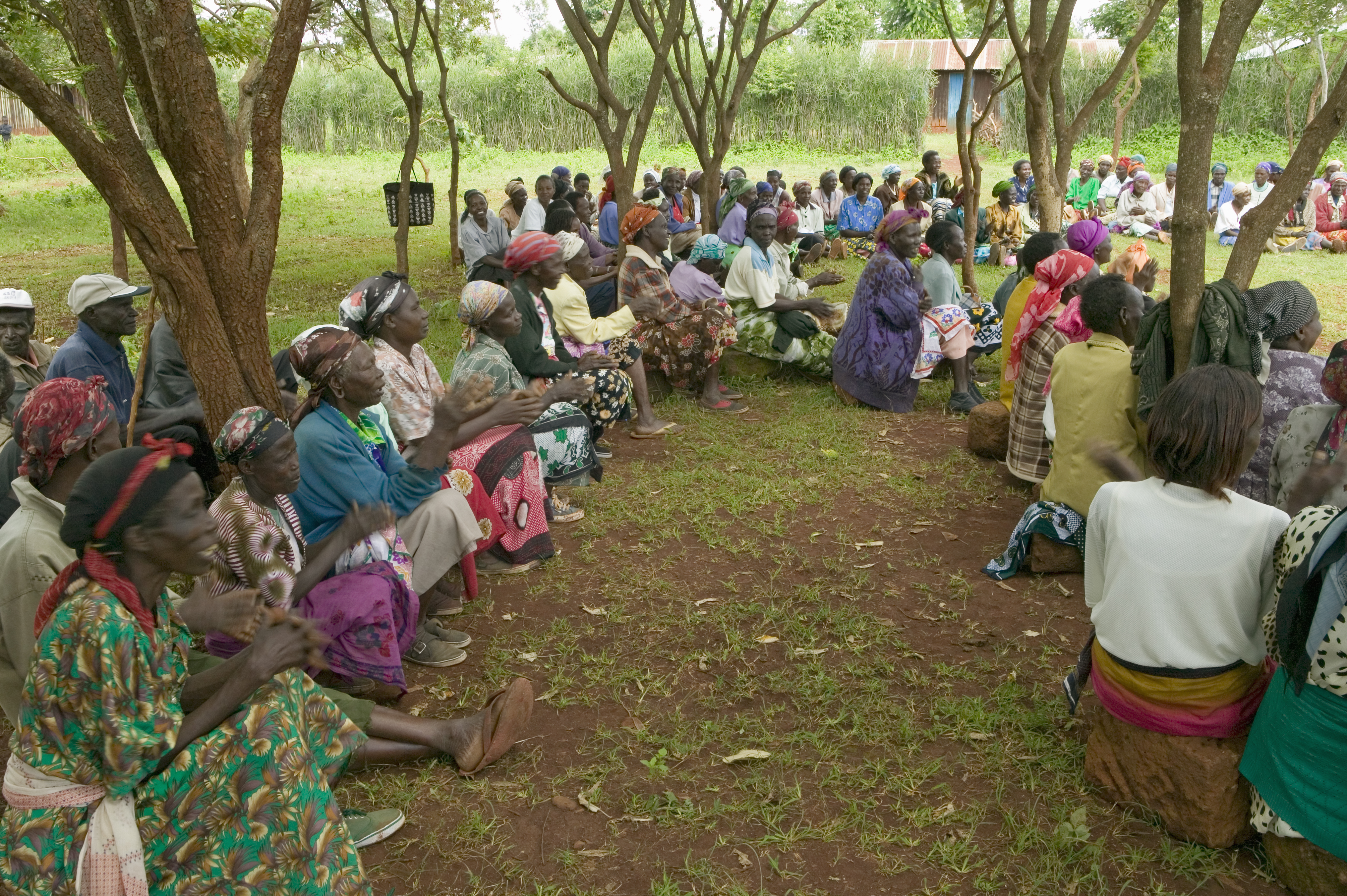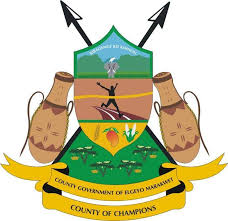How Does Participatory Budgeting Impact Citizens' Behavior Towards Local Public Goods in Kenya?

Abstract: In collaboration with IPA Kenya and the Elgeyo-Marakwet County government, researchers are conducting a randomized evaluation to assess which forms of participatory budgeting lead to the best decisions and long-run outcomes for local communities.
Kenya ratified a new constitution in 2010 which requires citizen participation in government decision-making.1 Various county governments are planning to adopt participatory budgeting—wherein governments separate a portion of the local budget for citizens to allocate directly—to comply with the constitution.2 For instance, the government of Elgeyo-Marakwet County, located in Kenya's northern Rift Valley, is considering a village-level participatory budgeting program. More intensive forms of participation may lead to better long-run outcomes, but are also more costly and time-consuming, so it’s important to establish evidence on their relative merits. They have partnered with the researchers to understand which elements to include to enhance its current participatory institutions and development outcomes.
In partnership with the Elgeyo-Marakwet County government and IPA Kenya, researchers are conducting a randomized evaluation to assess which forms of participatory decision making lead to better outcomes in the form of satisfaction and long-term investment from the community members in local public goods. The participatory budgeting will provide a local public good—such as water systems or road improvement projects—to 140 villages in Elgeyo-Marakwet county. The villages will be randomly assigned to the following decision-making groups to select the good, which vary on the intensity of participation:
- Consultation: The villagers will receive a local public good based on the preferences they report in a survey.
- Voting: The villagers in this group will attend a public meeting to vote to select the local public good of their choice.
- Deliberation: The villagers in this group attend a public meeting and engage in a period of deliberative discussion prior to the selection of the local public good. The villagers will be encouraged to engage in reason-based argumentation. The local public good will be selected through a unanimous consensus and confirmed by a vote.
Researchers will measure the willingness of the community to invest in the local public good implemented by inviting them to engage in collective actions to maintain it. Moreover, researchers will also measure other indicators including perceptions of the decision process, preferences in selecting the local public good, and pro-social behavior as a result of the decision process. The results will inform the ongoing design of participatory institutions in Elgeyo-Marakwet and other counties in Kenya.
Results will be available in 2025.
Sources
1 “THE CONSTITUTION of KENYA, 2010.” n.d. http://www.parliament.go.ke/sites/default/files/2023-03/The_Constitution_of_Kenya_2010.pdf.
2 “THE STATUS of PUBLIC PARTICIPATION in NATIONAL and COUNTY GOVERNMENTS.” n.d. https://countytoolkit.devolution.go.ke/sites/default/files/resources/27.%20The%20Status%20of%20Public%20Participation%20in%20National%20and%20County%20Governments%20.pdf.
Implementing Partner













